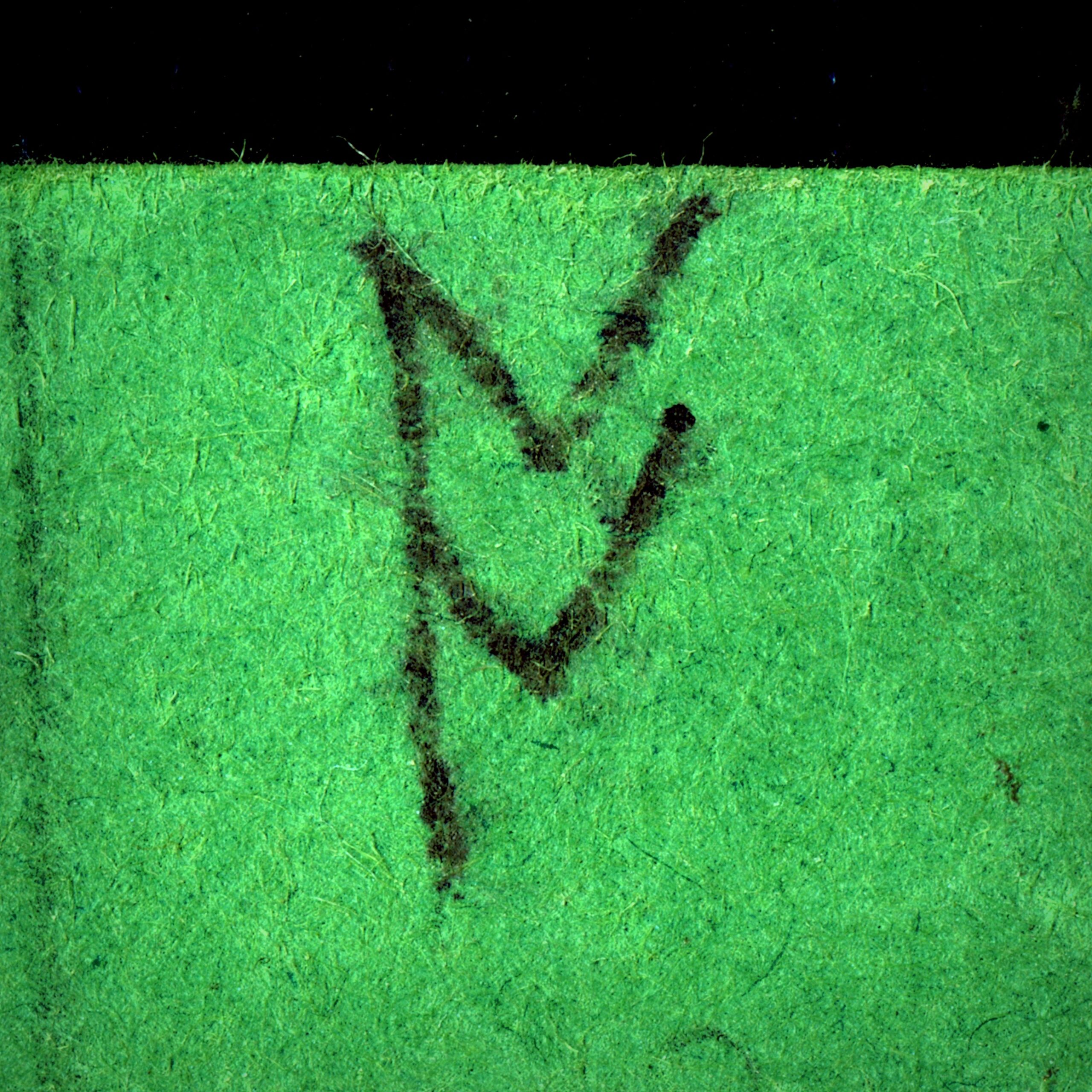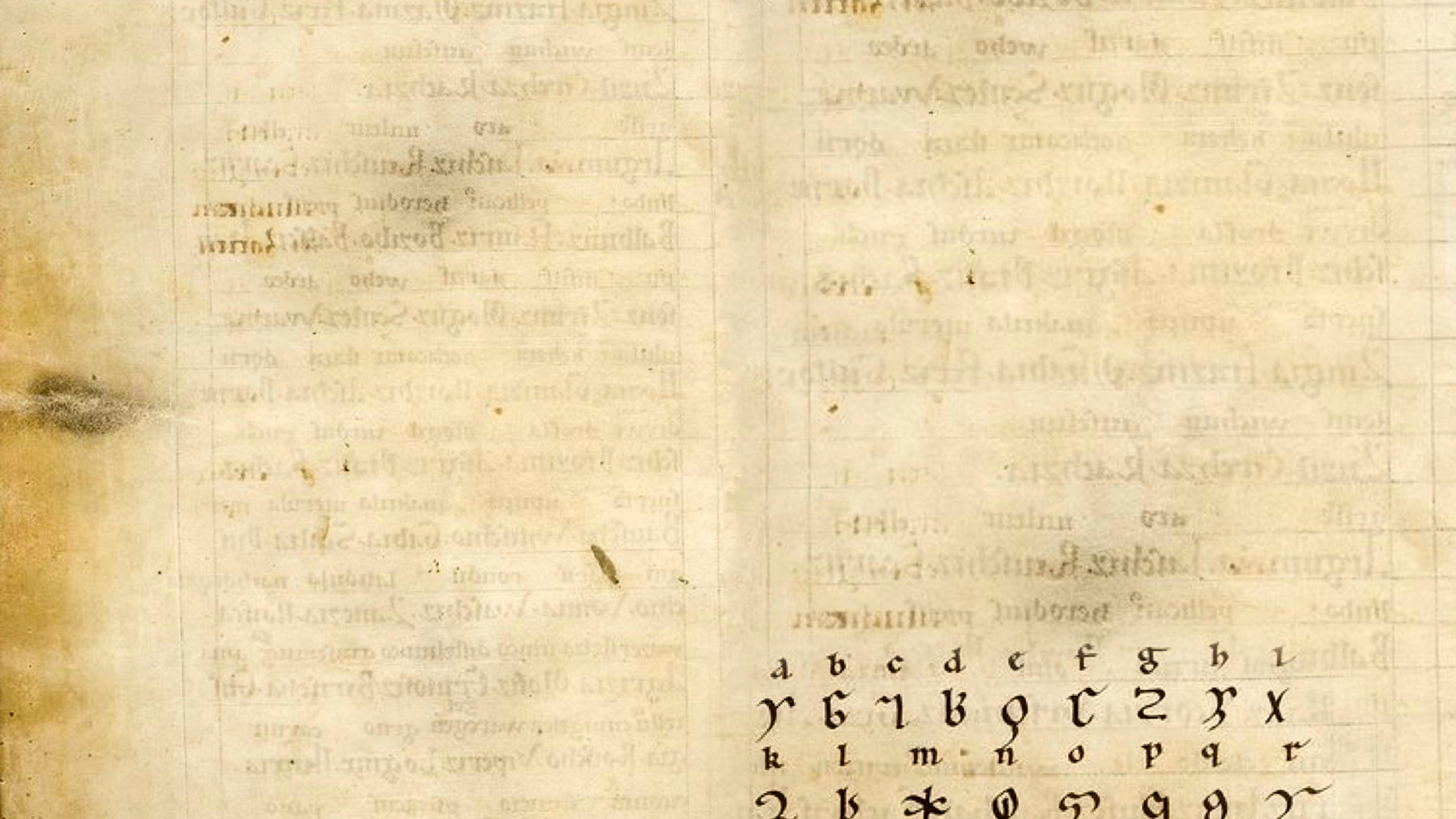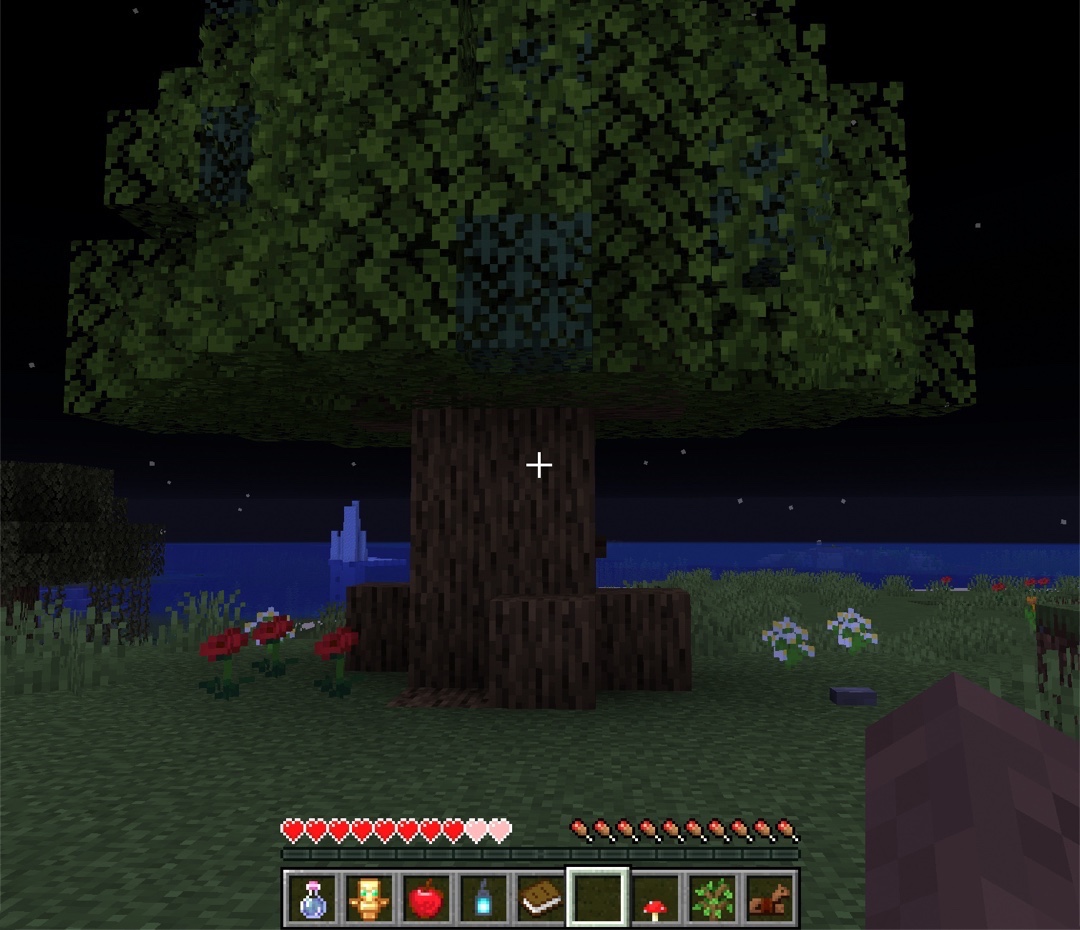
X: The sun’s going down.
Y: Wait, how do I run?
X: Control W, no hold it down.
Z: Don’t lose my stuff.
Y: How would I lose your stuff? Wait, I’m stuck. Where am I? Is this a hole?
X: Spacebar
Y: What?
X: Spacebar to jump. Ok. So we need to find a tree.
Y: What for?
X: We need to punch the tree.
Y: We’re going to fight a tree?
X: No, we need to get wood to make things. And we need shelter before something gets us. Ok, punch this tree.
Y: Wait, what? What something? How do I punch the tree?
X: Left click. No, go closer, now left click. We really should be building a shelter.
Y: The tree doesn’t fall? It just stays there with the middle missing?
X: They don’t fall over. You have to get under it and punch up if you want all the wood.… More
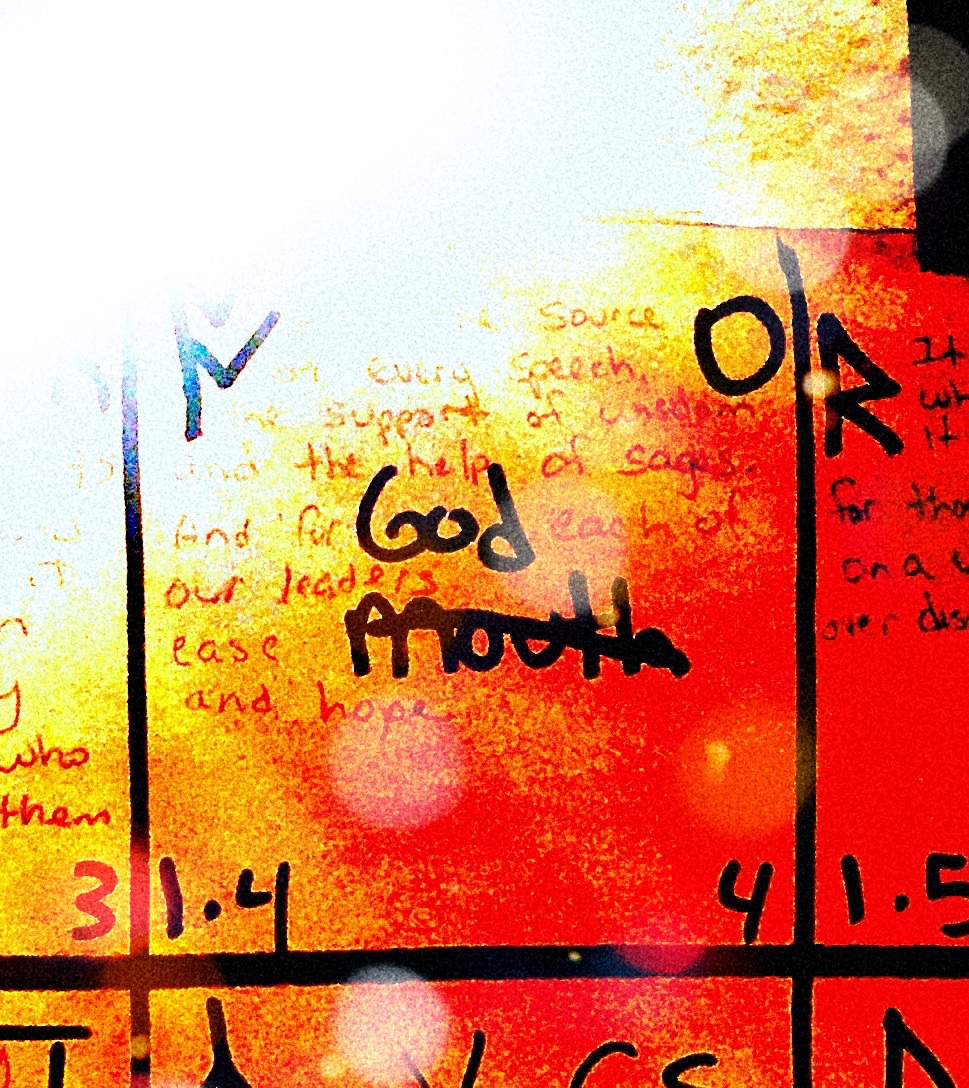
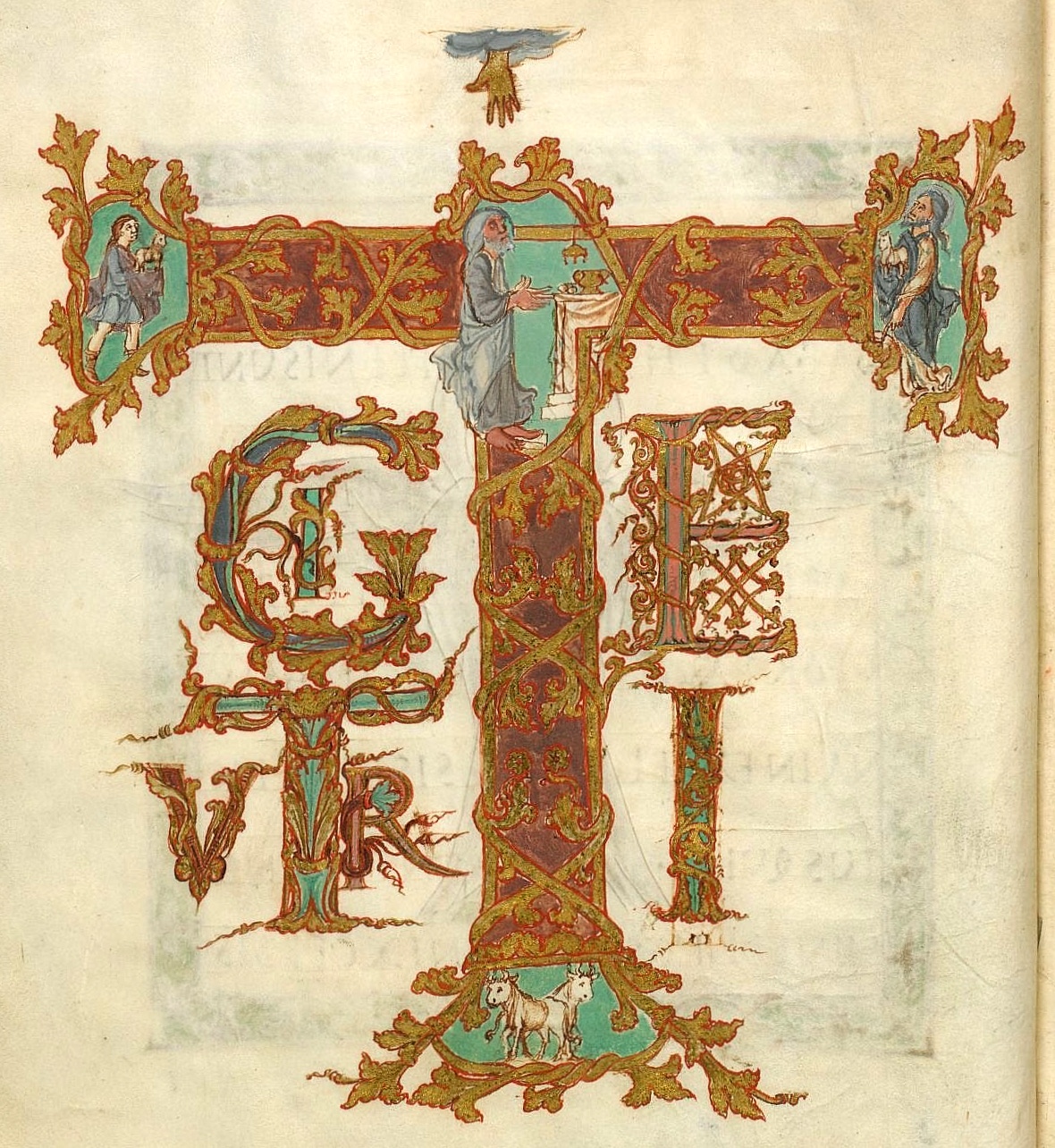

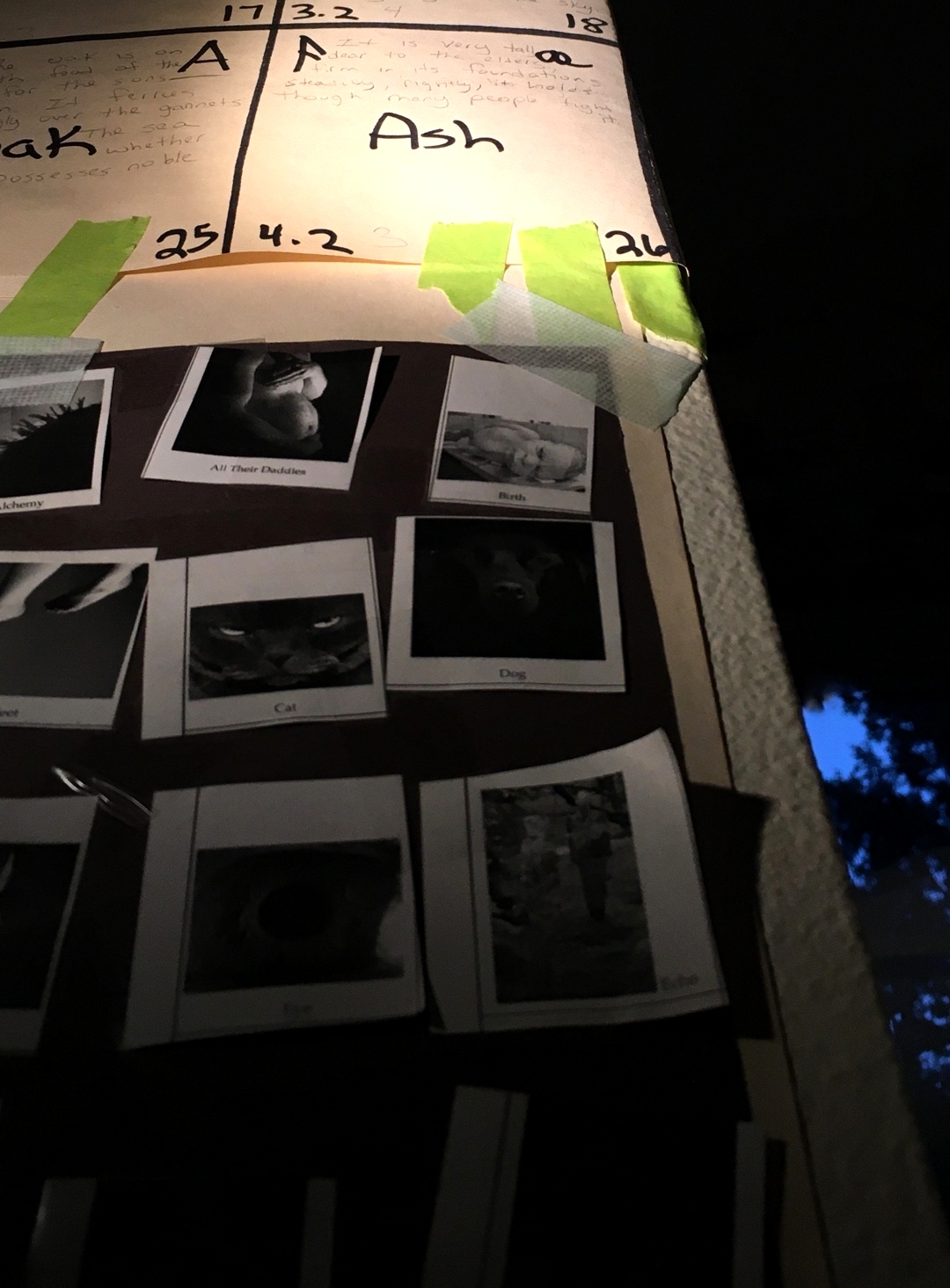
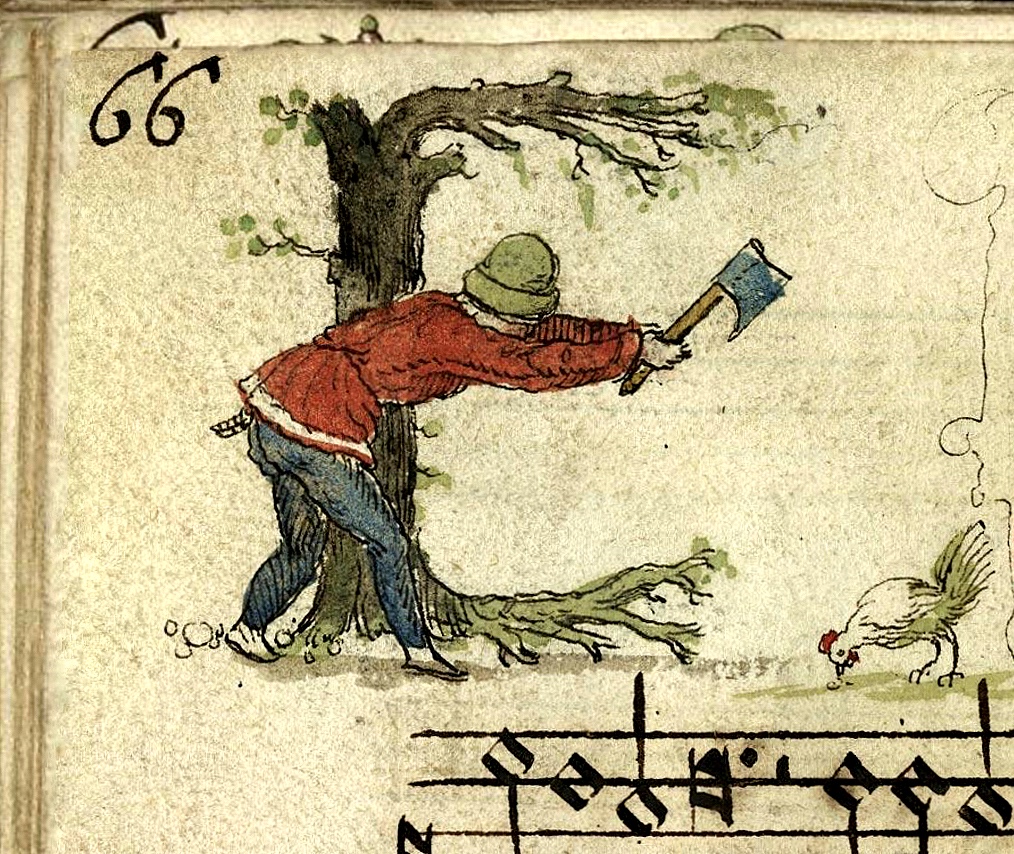

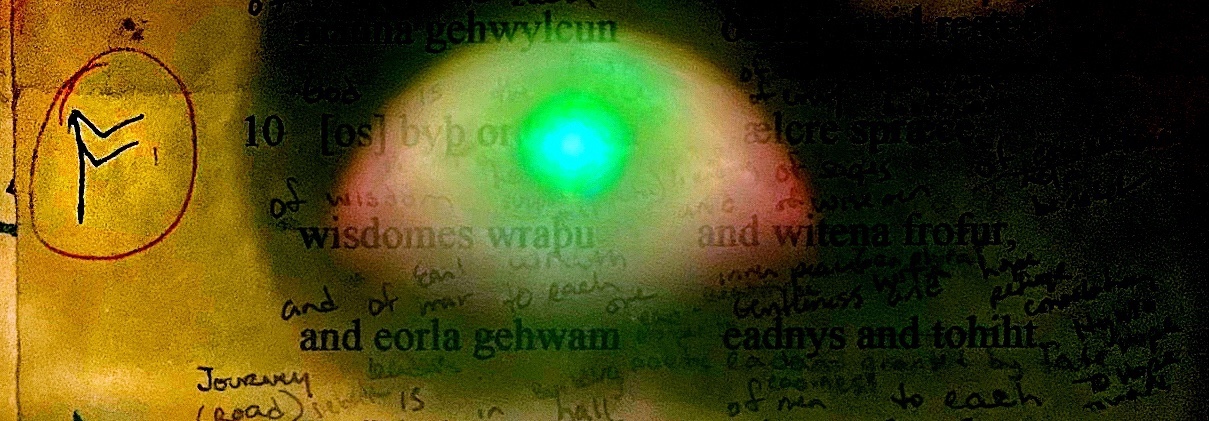 Os means God, non specified, though this stanza might be talking about a specific one. There are other specific gods in the Rune Poem.
Os means God, non specified, though this stanza might be talking about a specific one. There are other specific gods in the Rune Poem.  First of all shush!
First of all shush! 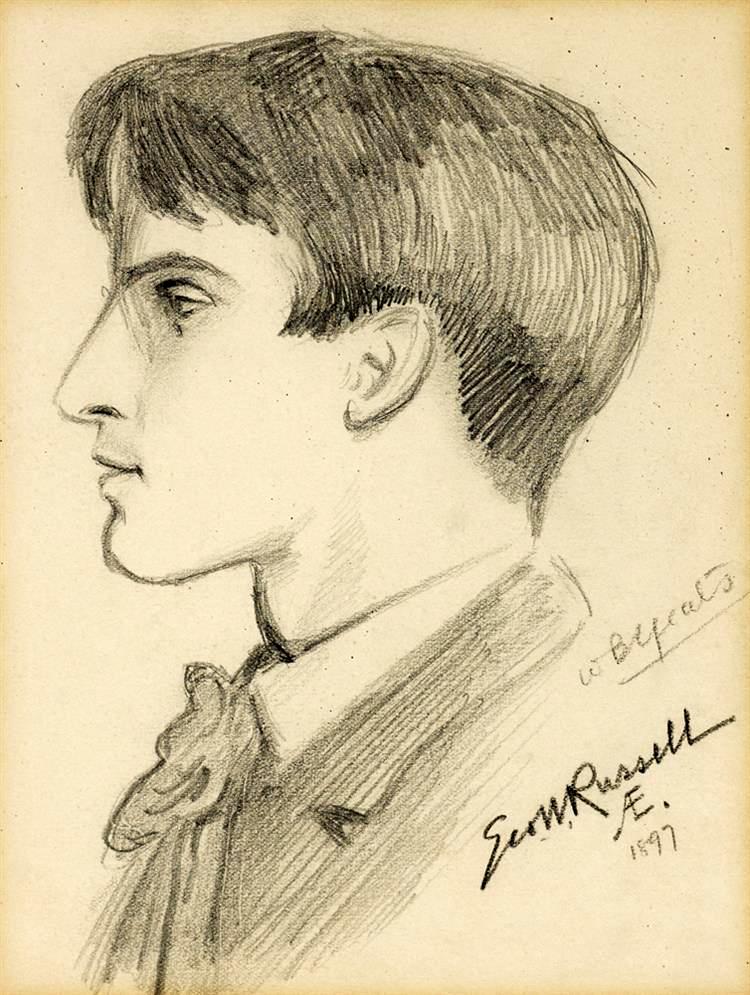 George William Russell, Irish legend in a crowded field, once published something under the pseudonym Æon but the printer cut off the last two letters and Æ liked the result. He did and was a lot of things, mainly between 1890 and 1930: painter, composer, agriculturalist, cyclist, pacifist, vegetarian, mystic, mentor, publisher. He published a weekly newspaper called The Irish Homestead intended mainly to support the rise of co-op farming but it wove in plenty of the Irish literary revival. How could he help it? Who could blame him.
George William Russell, Irish legend in a crowded field, once published something under the pseudonym Æon but the printer cut off the last two letters and Æ liked the result. He did and was a lot of things, mainly between 1890 and 1930: painter, composer, agriculturalist, cyclist, pacifist, vegetarian, mystic, mentor, publisher. He published a weekly newspaper called The Irish Homestead intended mainly to support the rise of co-op farming but it wove in plenty of the Irish literary revival. How could he help it? Who could blame him.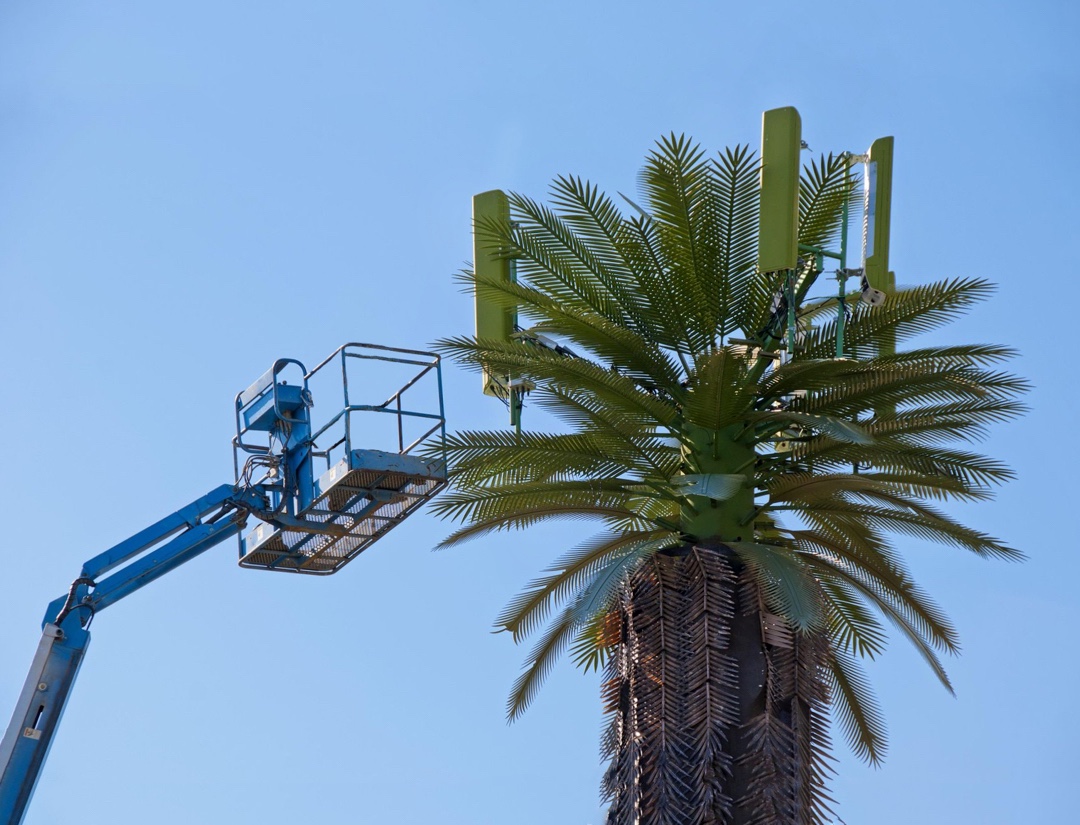 Reordberend the tree called me,
Reordberend the tree called me, Did you know that tree means truth? Well it does, honestly, let me be the first to tell you so you know it’s true. The Old English word treow means both tree and truth. Lots of Old English words use treow in them to mean things like to trust or believe (treowan), or to be faithful (treowfæst, truth-fast). Treow is used for more woody things too, like when you take your treowfæstnian (trusty) ax to the treowsteall (a grove) to work as a treowwyrtha (carpenter) treowfeging (joining boards together) into a treowgeweroc (tree work, something made of wood). In that treow grove you’ll find forest birds (treowfugol) and faithful friends (treowgeðofta) who’ll go in for a little tree worship (treowweroðung) with you and with whom you might find treowlufu (true love). Watch out for the treowles and treowleasnes.
Did you know that tree means truth? Well it does, honestly, let me be the first to tell you so you know it’s true. The Old English word treow means both tree and truth. Lots of Old English words use treow in them to mean things like to trust or believe (treowan), or to be faithful (treowfæst, truth-fast). Treow is used for more woody things too, like when you take your treowfæstnian (trusty) ax to the treowsteall (a grove) to work as a treowwyrtha (carpenter) treowfeging (joining boards together) into a treowgeweroc (tree work, something made of wood). In that treow grove you’ll find forest birds (treowfugol) and faithful friends (treowgeðofta) who’ll go in for a little tree worship (treowweroðung) with you and with whom you might find treowlufu (true love). Watch out for the treowles and treowleasnes.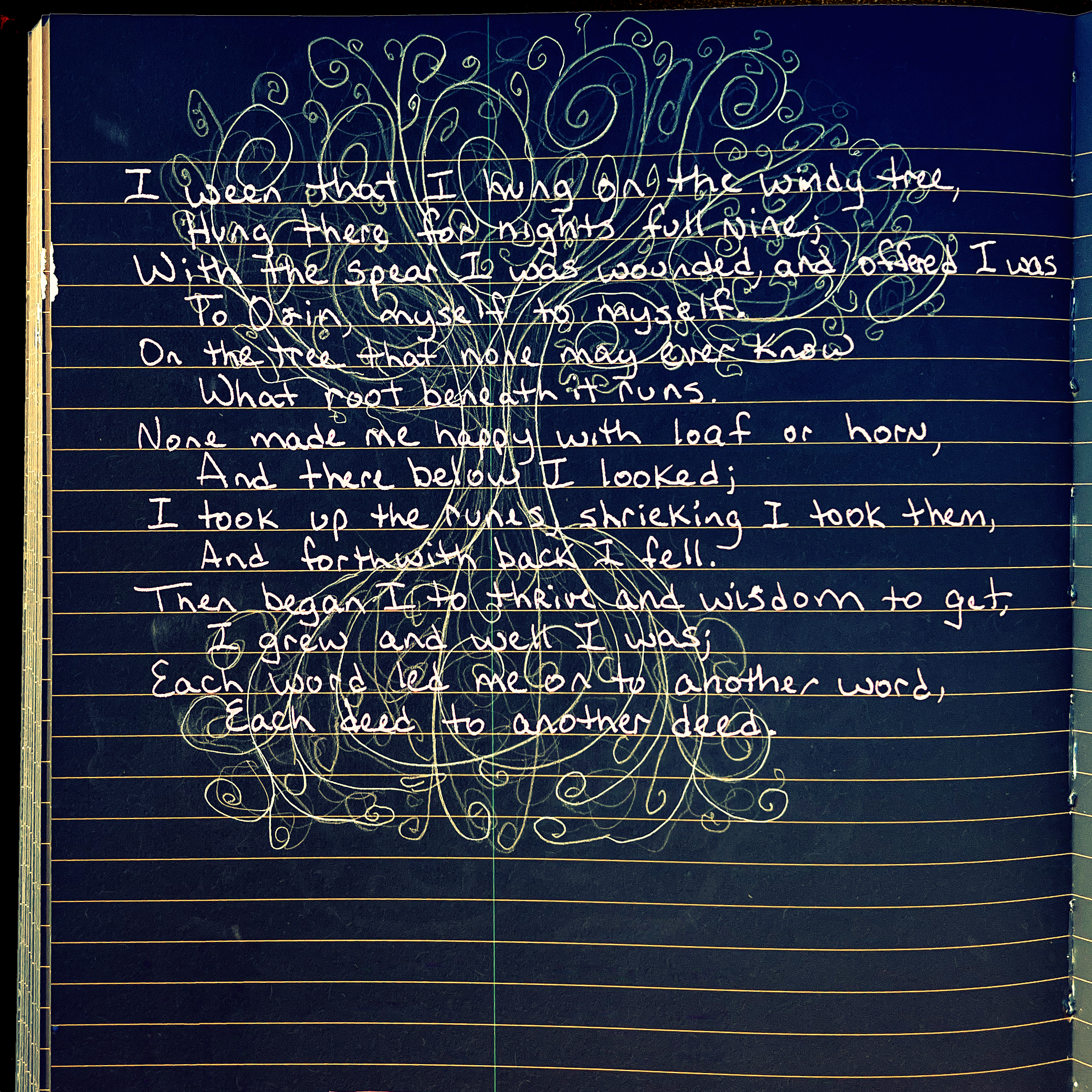
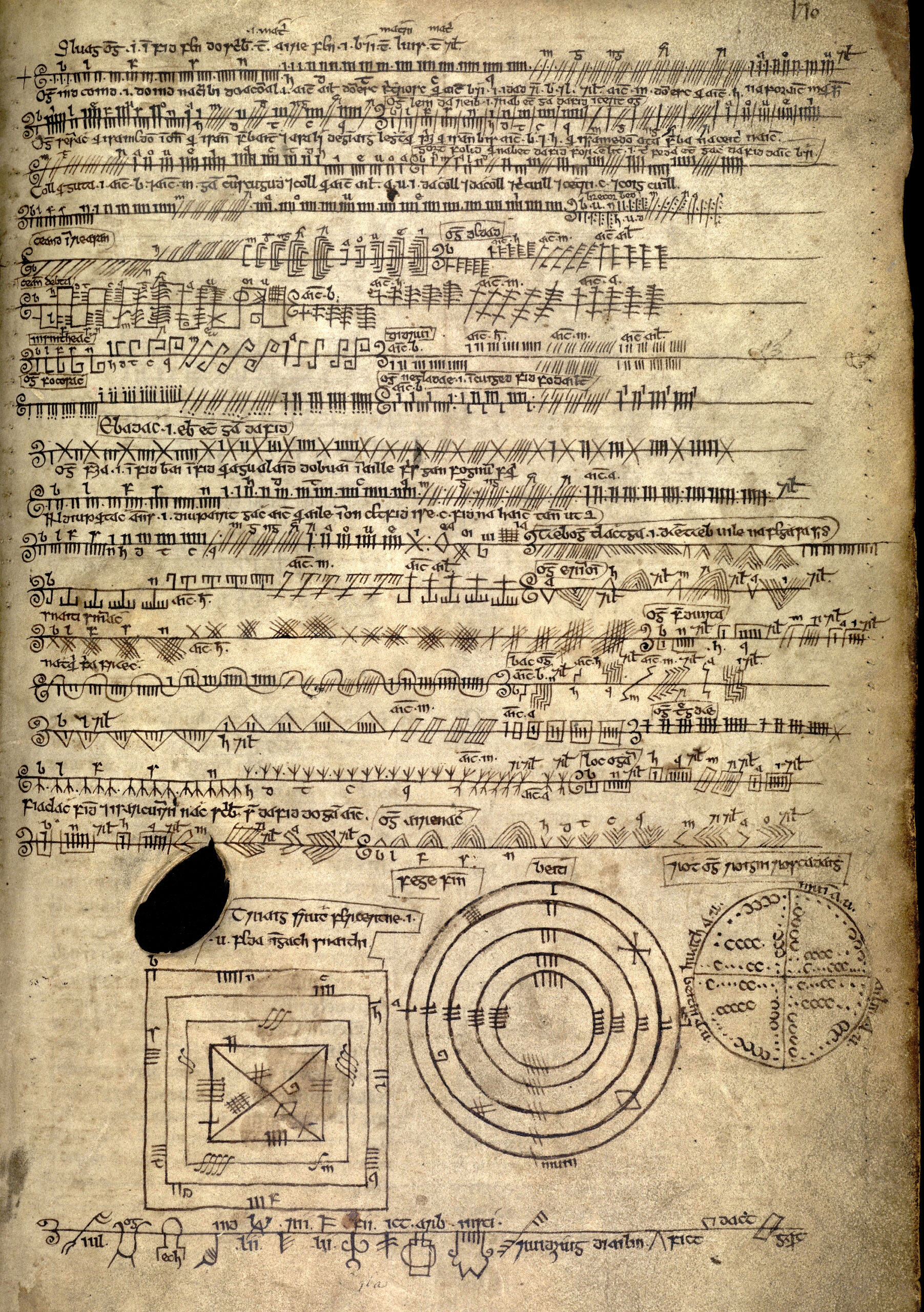 Ogam, spelled Ogham in modern Irish, is an Old Irish alphabet, it was possibly a cryptographic alphabet like the runic ones, and it may have had its own sign language and musical notation. The Ogam letters have names like the letters in the Rune Poem, and the letters have meanings we can glean from three collections of
Ogam, spelled Ogham in modern Irish, is an Old Irish alphabet, it was possibly a cryptographic alphabet like the runic ones, and it may have had its own sign language and musical notation. The Ogam letters have names like the letters in the Rune Poem, and the letters have meanings we can glean from three collections of 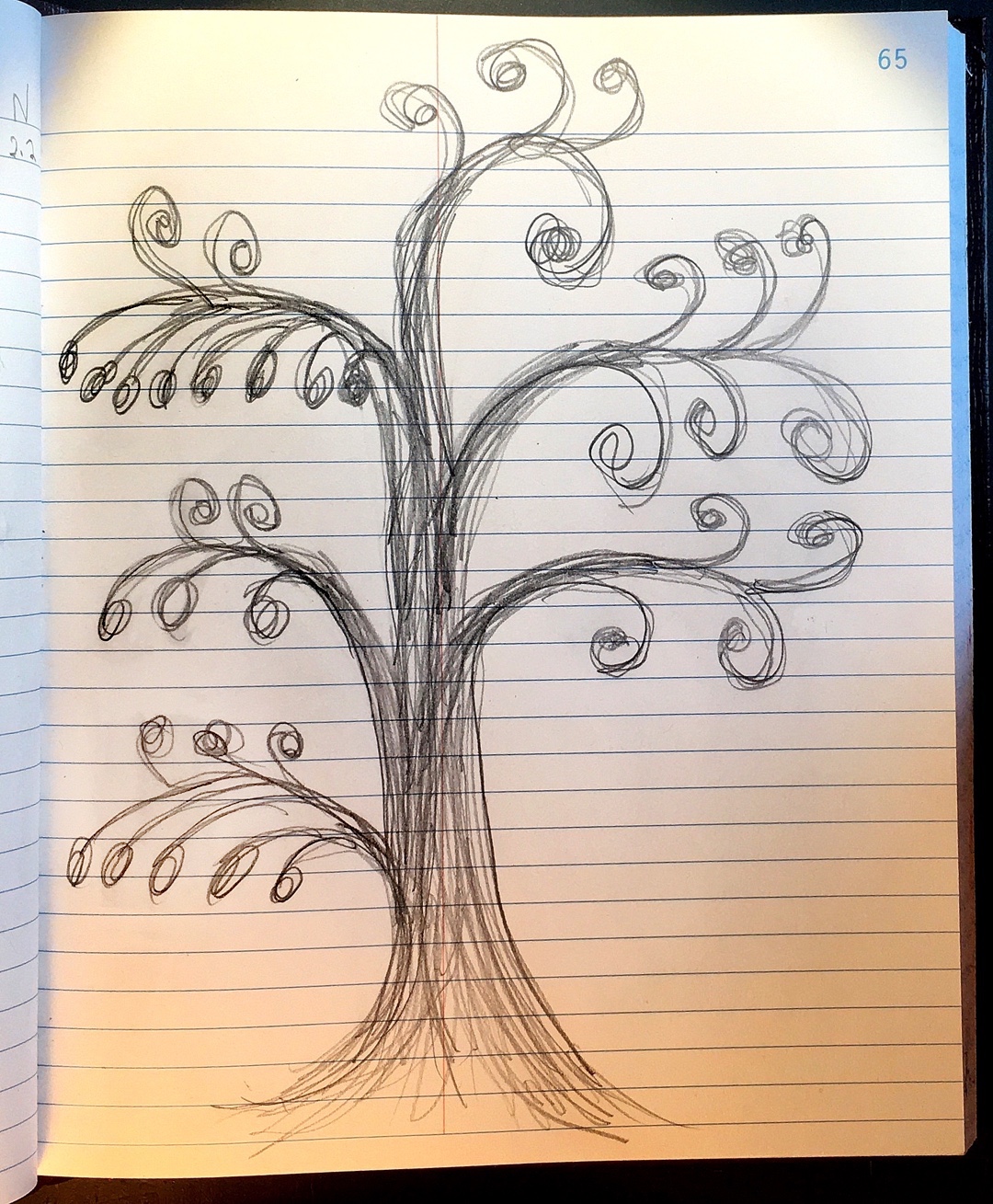



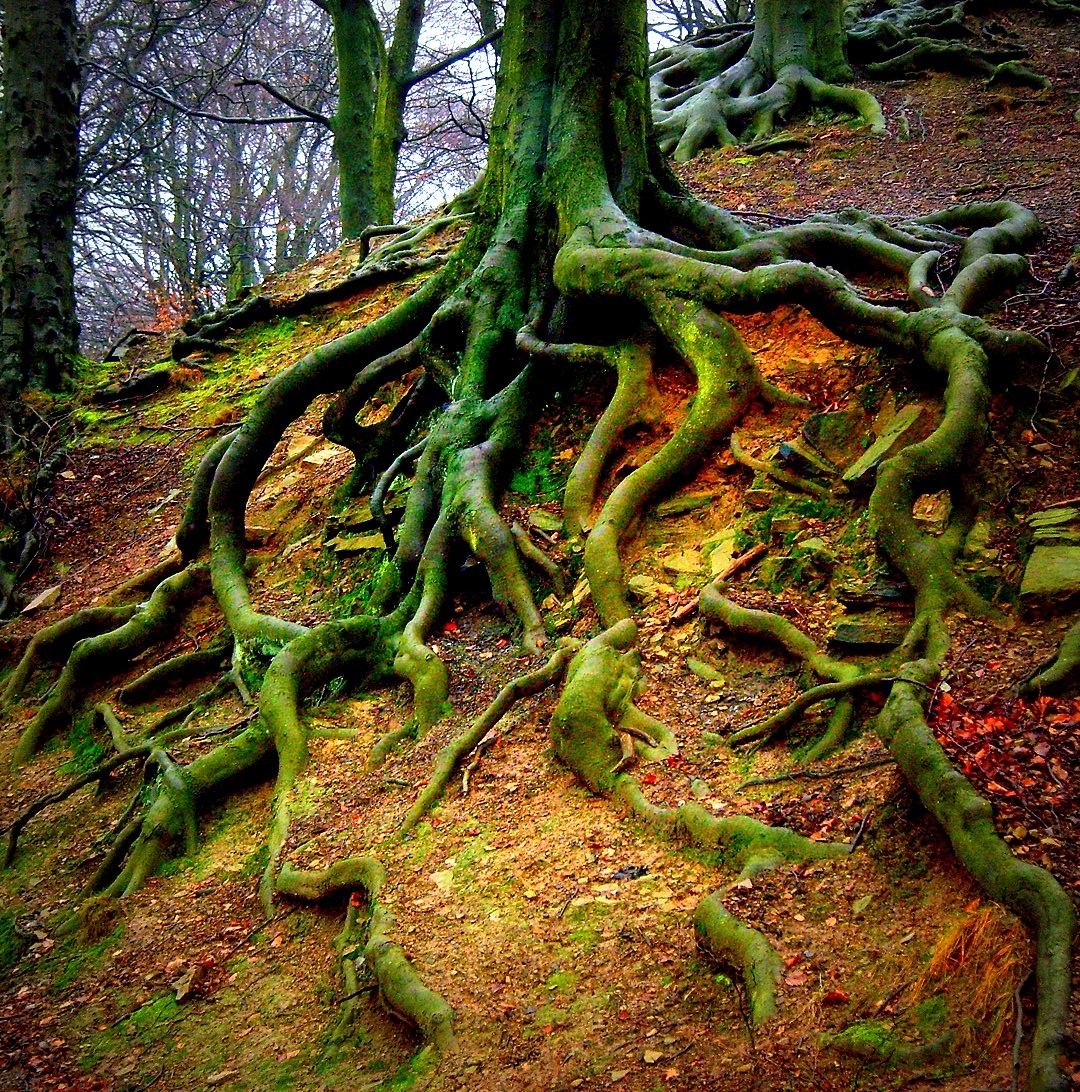 You getting it from all sides? Lots of people want to take you on? Something’s coming for you, but this is the Æsc rune, and it is used to a good fight. It’s seen plenty of battles, and yours is no different. Æsc says stand tall and plant. You hold steady, firm in your foundations. Those roots you draw from go deep, farther than you know, all the way into your ancestry so connect with your elders, get right with them and hold.
You getting it from all sides? Lots of people want to take you on? Something’s coming for you, but this is the Æsc rune, and it is used to a good fight. It’s seen plenty of battles, and yours is no different. Æsc says stand tall and plant. You hold steady, firm in your foundations. Those roots you draw from go deep, farther than you know, all the way into your ancestry so connect with your elders, get right with them and hold.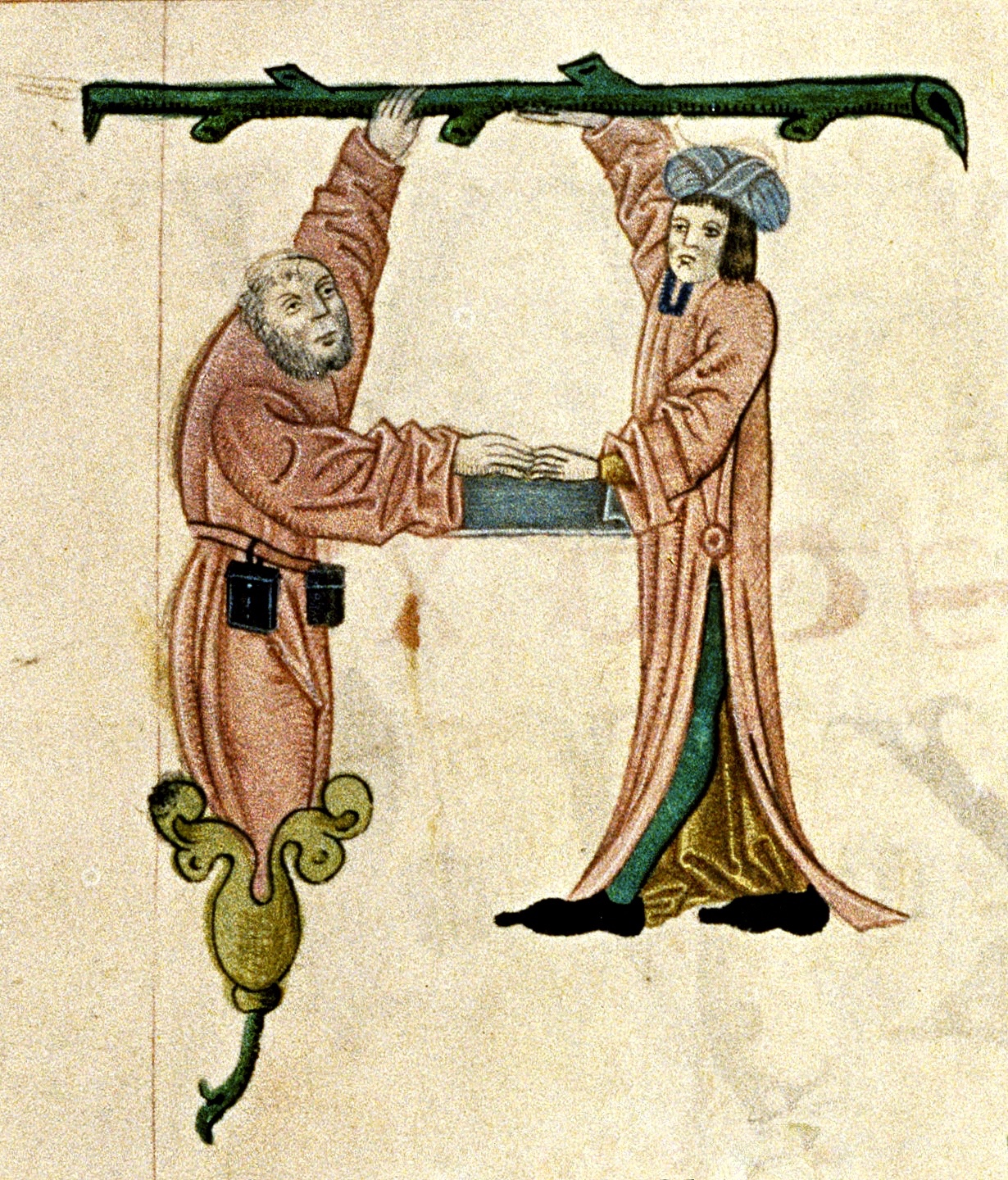
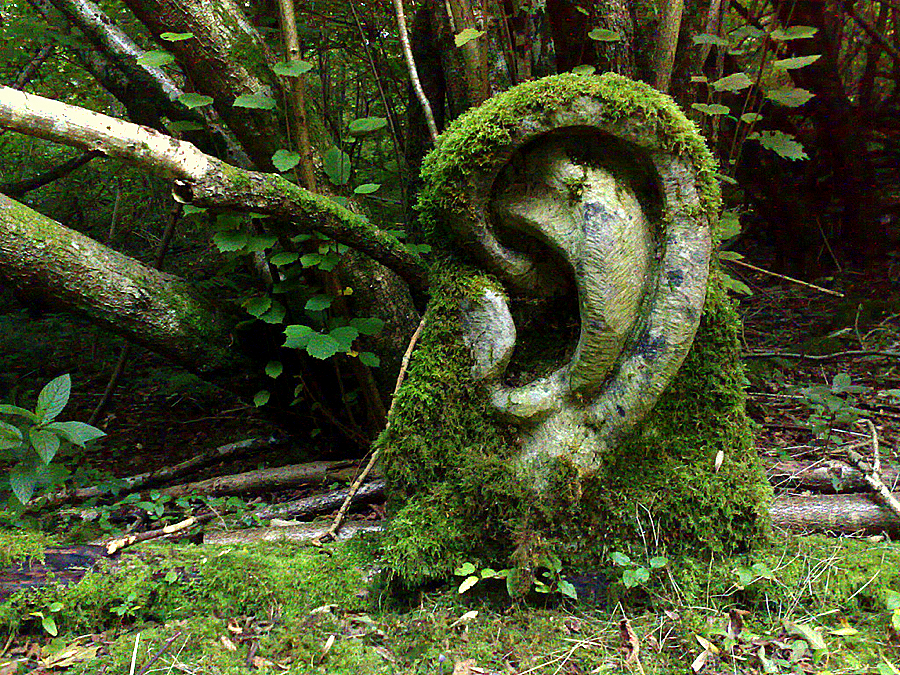 You want to hear from your God and got the God rune. You pulled a rune that tells you to
You want to hear from your God and got the God rune. You pulled a rune that tells you to 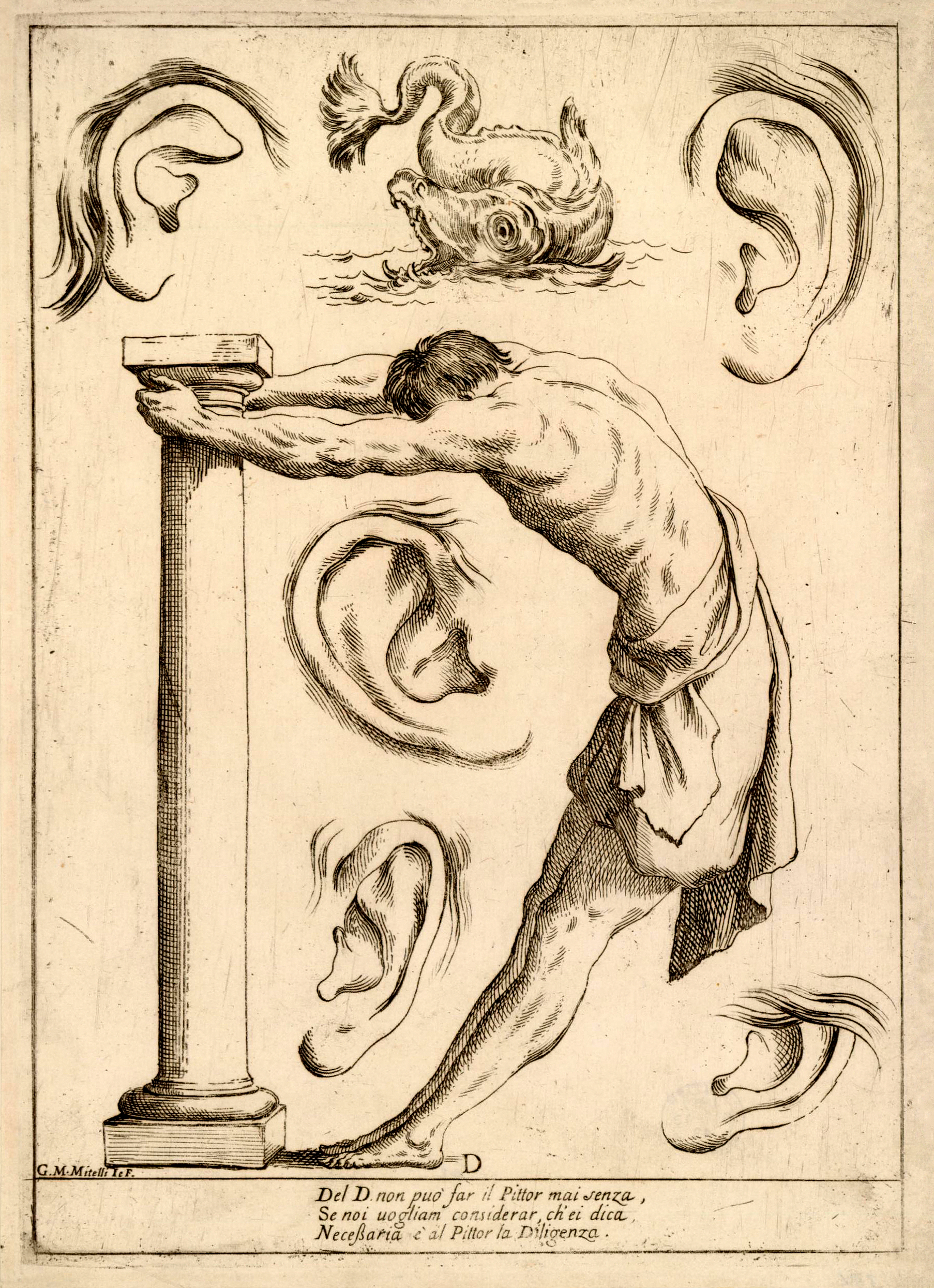
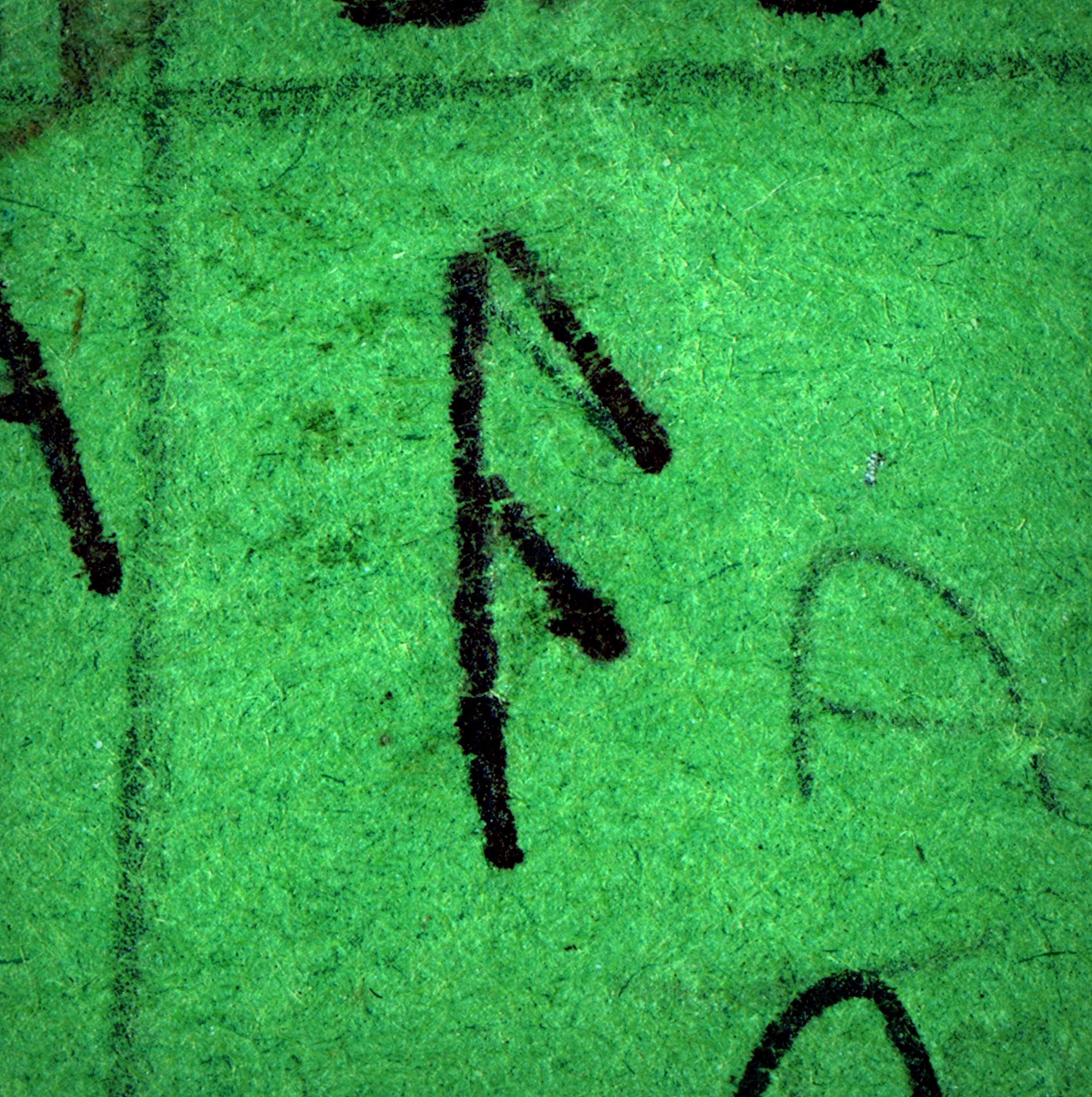 The
The 